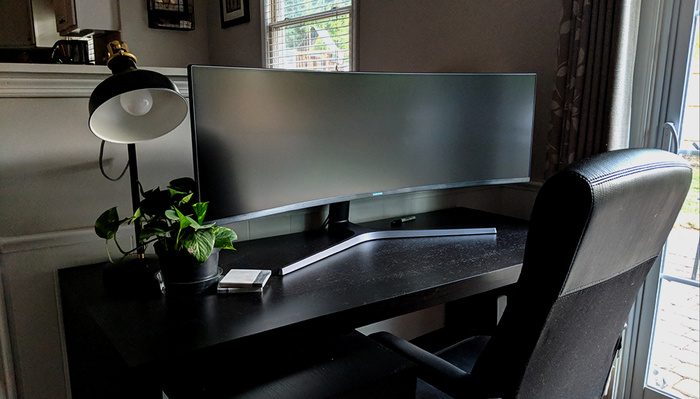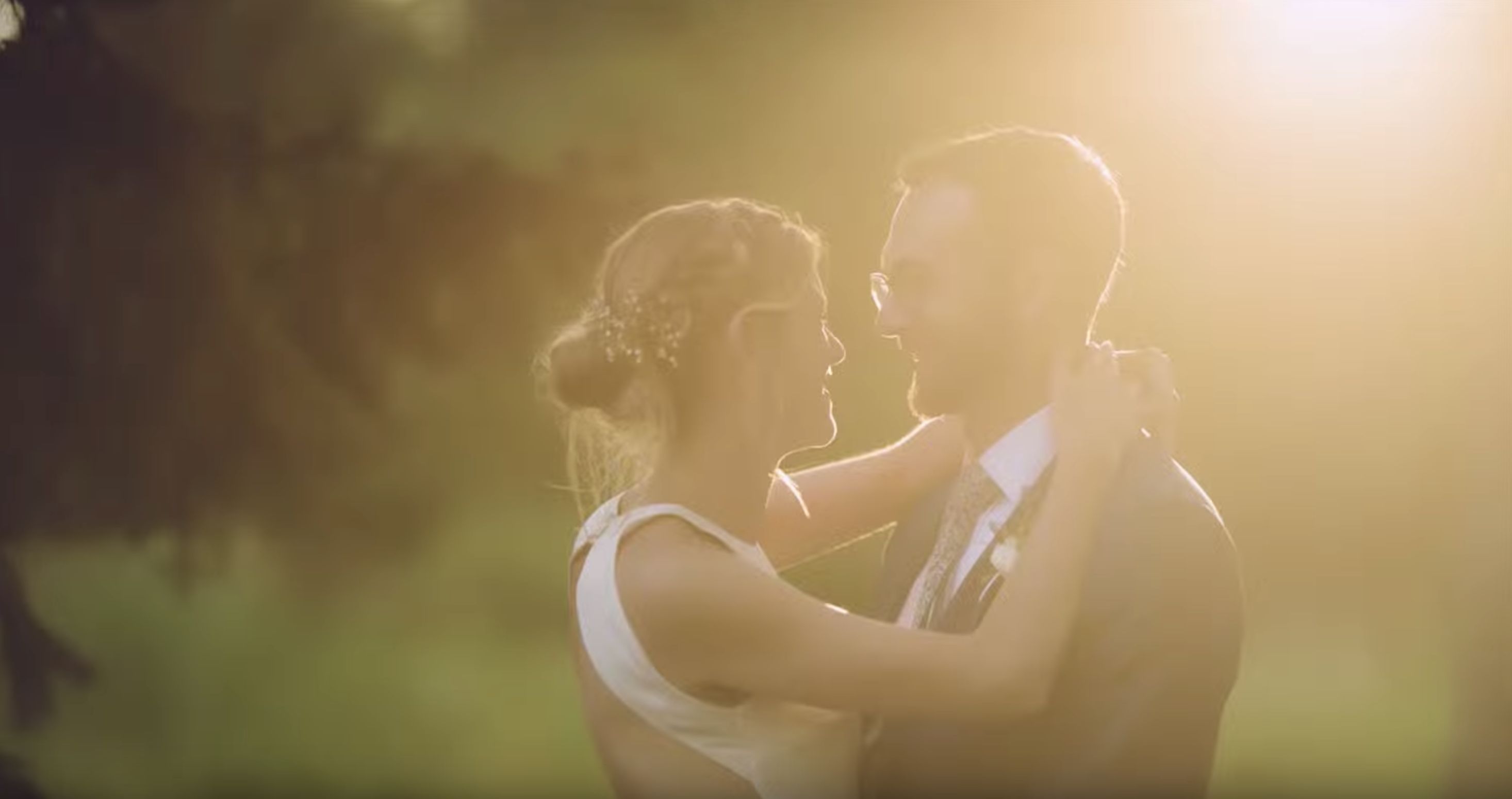If you came here, you’re looking for information on ISO, Shutter Speed and Aperture and how they relate.
Before I make my ham-fisted attempt at explaining it, can I ask you to please check out Bryan Peterson’s Understanding Exposure?
Ok…now you bought his book, let me give you a primer on this topic.
ISO, SS, and Aperture all relate to each other to make an exposure on either film or on a digital sensor.
But how do they relate?

If you’re outside on a sunny day you can generally expect that your correct exposure would be f/16 @ ISO100 and 1/100th of a second. But what happens if you want really shallow Depth of field, and you open your aperture to f/2.8?
Well I can tell you that the math isn’t that bad. There’s 6 stops between f/16 and f/2.8, it’s as easy as doubling 1/100th 6 times. (1/200th. 1/400th, 1/800th, 1/1600th, 1/3200th, 1/6400th) So the technically correct exposure at f/2.8 on a bright sunny day, would be ISO100 and 1/6400th of a second.
Now say you’re faced with a dark room, and at f/2.8 and ISO 100, your shutter speed was a 1/2 second. You think you need to get to at least 1/60th of a second and f/2.8 is as open as your aperture gets. The answer, crank your ISO to 1600 and get the speed you need.
Think of ISO like this.
- 100 workers will build a nice house in a normal amount of time
- 200 workers will build the same house twice as fast.
- 400 workers can double the speed of 200.
- 800 workers are probably getting to the point of over kill.
- 1600 workers probably wont build as nice a house as 200 but they’re WAY faster!
Now add aperture to that equation: A small number is a BIGGER aperture and a large number is a SMALLER Aperture.
- Those 100 workers should be given lots of room to work, i.e. f/2.8 and faster to build the house correctly
- As you make it 200 workers you gotta lock them down a bit to keep them under control. (f/4) to keep it correct
- At 400 workers to build a nice house, you gotta keep those guys even more controlled. (so maybe choose f/5.6)
- And so on and so forth.
Now put shutter speed in that equation:
- You give your (ISO) 100 workers lots of room (f/2.8) and a pre-determined amount of time (1/100th).
- Now you have (ISO)200 workers in the same space (f/2.8), you only give them half the time (1/200th).
- If you are using (ISO) 200 workers and you have them locked down a bit, (f/4) then give them the original about of time (1/100th)
See how this all works? They’re completely interdependent. Just remember that every time you change your f/stop, you need to compensate by either upping or lowering your ISO, and/or doubling or halving your shutter speed.
If you still don’t get it…click on the link above to check out Bryan Peterson’s book…he explains it better than I can.
Like it, Tweet it, Share it, Pin it, +1 it!





